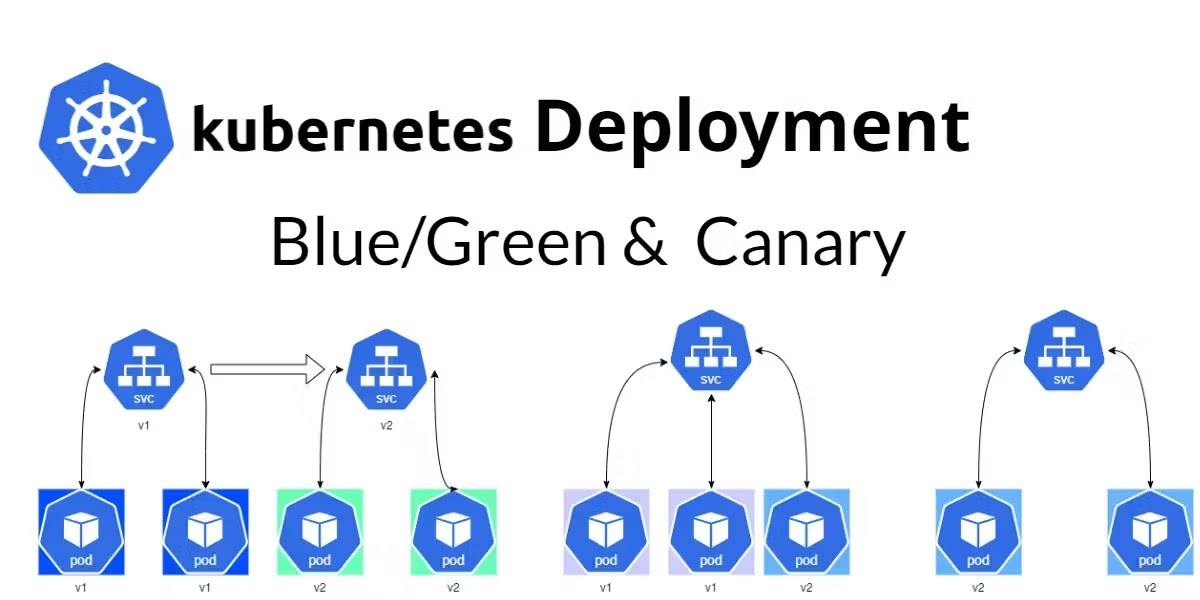Devops Now and Future by Vikramsinh
DevOps: The Now and Future of Software Development and Delivery
In the fast-paced world of technology, businesses constantly seek ways to innovate, scale, and deliver software at unprecedented speed. DevOps, a methodology combining development and operations, has emerged as a cornerstone for achieving these goals. But where is DevOps today, and where is it headed? Let’s explore the current state and the future trajectory of DevOps.
====================================================================================================================================================
The State of DevOps Today
Adoption Across Industries
DevOps has evolved from being a niche practice to a mainstream strategy adopted by enterprises of all sizes. Companies in finance, healthcare, retail, and even government sectors are leveraging DevOps to accelerate software delivery while maintaining high-quality standards. Tools like Jenkins, Docker, Kubernetes, and Ansible are staples in modern DevOps pipelines, enabling automation, scalability, and consistency.
---------------------------------------------------------------------------------------------------------------------------
Key Trends
Automation and CI/CD Pipelines: Continuous Integration and Continuous Delivery (CI/CD) are integral to modern DevOps workflows. Automation reduces manual intervention, ensuring faster and more reliable deployments.
Microservices and Containerization: The shift from monolithic architectures to microservices has been a game-changer. Containers, orchestrated by Kubernetes, allow teams to deploy and manage applications more efficiently.
Infrastructure as Code (IaC): Tools like Terraform and AWS CloudFormation enable teams to define infrastructure programmatically, ensuring consistency and version control across environments.
Security Integration (DevSecOps): As cyber threats grow, integrating security into DevOps pipelines is no longer optional. DevSecOps ensures that vulnerabilities are addressed early in the development lifecycle.
- Cloud-Native Development: With the rise of AWS, Azure, and Google Cloud, DevOps practices are increasingly designed around cloud-native principles, leveraging services like AWS Lambda for serverless computing.
The Challenges of Today
While DevOps offers numerous advantages, it’s not without its challenges:
Cultural Shifts: Implementing DevOps requires breaking down silos between development and operations teams, which can be met with resistance.
Tool Overload: The plethora of DevOps tools can overwhelm teams, leading to inefficiencies.
Skill Gaps: As DevOps evolves, there is a growing need for professionals skilled in modern tools, cloud technologies, and scripting.
Measuring Success: Many organizations struggle to quantify the ROI of their DevOps initiatives, making it harder to secure ongoing support from leadership.
The Future of DevOps
1. Artificial Intelligence and Machine Learning
AI and ML are poised to revolutionize DevOps by optimizing workflows, predicting failures, and enhancing decision-making. For instance, AI-driven analytics can identify performance bottlenecks or suggest code improvements, reducing time-to-market.
2. GitOps: The Next Frontier
GitOps takes IaC to the next level by using Git as the single source of truth for declarative infrastructure and application deployment. This approach simplifies version control and enables rapid rollbacks during incidents.
3. Edge Computing and IoT
As edge computing gains traction, DevOps practices will adapt to manage decentralized infrastructure. Continuous delivery pipelines will need to account for IoT devices and edge nodes, ensuring consistent updates and monitoring.
4. Serverless Architecture
Serverless computing, epitomized by AWS Lambda, is set to play a significant role in the future of DevOps. By abstracting infrastructure management, teams can focus solely on application logic, further accelerating development.
5. Enhanced Focus on DevSecOps
With increasing regulations and cyber threats, DevSecOps will become a default practice. Automated security checks, compliance validation, and threat detection will be seamlessly integrated into pipelines.
6. Multi-Cloud and Hybrid Cloud Strategies
The future of DevOps lies in supporting multi-cloud and hybrid cloud environments. Organizations will demand tools and practices that allow seamless integration and management across diverse cloud platforms.
7. Continuous Everything
Preparing for the Future
To stay ahead, organizations and professionals must:
Embrace Lifelong Learning: As a DevOps practitioner, continuously upskill in emerging tools, cloud technologies, and methodologies like Kubernetes, Terraform, and AI/ML.
Invest in Culture: Foster a collaborative culture that values transparency, experimentation, and shared responsibility.
Leverage Metrics: Define clear metrics to measure the success of DevOps initiatives, such as deployment frequency, lead time, and mean time to recovery (MTTR).
Focus on Automation: Automate as much as possible, from testing to monitoring, to free up teams for higher-value tasks.
Conclusion
DevOps is no longer just a methodology; it is a cultural and technological movement that has redefined how software is developed, delivered, and maintained. While it has already transformed the tech landscape, its journey is far from over. With innovations like AI, serverless computing, and edge technologies on the horizon, the future of DevOps is bright and full of opportunities for those ready to embrace change. The key is to remain adaptable, collaborative, and forward-thinking.
==================================END====================================




Comments
Post a Comment